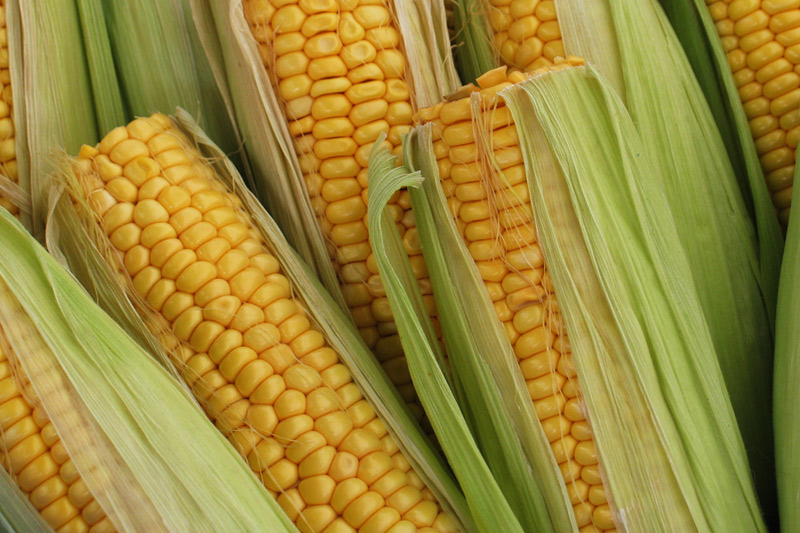By Mark Weinraub
CHICAGO (Reuters) – The U.S. corn harvest could be the second-largest on record as rains during July shepherded the crop through its critical development phase, offsetting dry conditions early in the season and hot summer temperatures, analysts and farmers said.
A strong harvest would add to domestic stockpiles that are expected to balloon as demand for U.S. corn exports wilts due to a massive harvest in Brazil, which is expected to overtake the United States as the world’s top corn supplier.
Corn prices fell 18% from their late-June peak during July, with improving conditions in the field weighing heavily on the market as the drought damage from the early season was not as bad as feared.
Drought-tolerant genes and other improvements in genetically modified corn allowed the crop to weather severe drought across much of the Midwest, farmers said. Genetically modified corn accounts for more than 90% of the U.S. crop.
“With the technology that we have in the seed, the corn hung in there a lot better than people expected,” said Drew DeSutter, who farms about 4,000 acres with his family in western Illinois. “I think we will probably have overall decent to good crops.”
Analysts expect the U.S. government in a monthly report due on Friday to cut its forecast for domestic corn production to 15.135 billion bushels this year, from its July estimate for a record high 15.320 billion.
The new forecast if achieved would be the second-biggest harvest ever, behind the 2016 harvest of 15.148 billion bushels. Average yields were seen at 175.5 bushels per acre this year, which would be the fourth-biggest ever.
The percentage of corn rated good-to-excellent this year by the U.S. Agriculture Department in weekly reports rose by 4 percentage points during July, when the bulk of the crop in major Midwest production states passes through its yield-determining pollination stage.
In the previous 30 years, good-to-excellent ratings for the corn crop had risen in July only six times.
But the early dryness will still cause some drag to yields, farmers and analysts said, and good-to-excellent ratings of 55% on July 30 were the lowest for that time of year since the major drought year of 2012.
“It has just been a roller coaster of a growing season,” said Eric Honselman, a farmer who grows corn and soybeans near Casey, Illinois. “I just wish Mother Nature would make up her mind.”
Read the full article here










